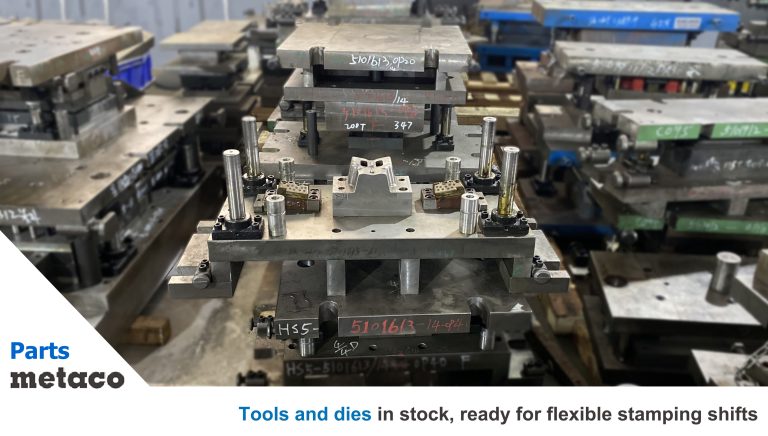Unleashing Efficiency: Speed Analysis of Stamping Machines
When it comes to modern manufacturing, efficiency is the name of the game. In industries such as automotive, aerospace, and electronics, where high-volume production is essential, the speed at which stamping machines operate can significantly impact productivity and profitability. In this post, we will delve into the importance of speed analysis in stamping machines and how it can unleash efficiency in the manufacturing process.
Speed is a critical factor in the performance of stamping machines, which are used to shape and cut materials such as metal sheets or foils into desired shapes. The speed of a stamping machine refers to the rate at which the material is fed through the machine, and the die punches or cuts out the desired shape. Faster speeds can result in higher production rates, shorter cycle times, and increased output, while slower speeds may result in reduced productivity and higher costs.
Table of Contents
analyzing speed in many aspects
One key aspect of speed analysis is determining the optimal speed for a particular stamping machine and application. This involves evaluating various factors, such as the material type and thickness, the complexity of the shape being stamped, the condition of the dies and punches, and the overall condition of the machine. By carefully analyzing these factors, manufacturers can determine the optimal speed that ensures efficient production without compromising quality.
Speed analysis also involves monitoring the actual speed of the stamping machine during operation. This can be done using various sensors, monitoring equipment, and software solutions that capture real-time data on machine performance. This data can then be analyzed to identify any deviations from the optimal speed, detect potential issues such as die wear or misalignment, and make adjustments as needed to maintain efficient operation.
benefits of speed analysis in stamping machines
One of the primary benefits of speed analysis in stamping machines is increased productivity. By optimizing the speed of the machine, manufacturers can achieve higher production rates, reduce cycle times, and increase output. This can result in cost savings, as more parts are produced in less time, and higher revenues, as more products can be brought to market faster.
Efficiency is also improved through speed analysis by reducing scrap and rework. Operating a stamping machine at the optimal speed minimizes the chances of material damage or deformation, which can lead to scrapped or reworked parts. By maintaining consistent speed, the quality of stamped parts is improved, reducing waste and rework, and ensuring that only high-quality parts are produced.
Another benefit of speed analysis in stamping machines is improved safety. Operating a stamping machine at inappropriate speeds can pose safety risks to operators, such as increased vibration, noise, and the potential for accidents. By carefully analyzing and optimizing the speed of the machine, manufacturers can create a safer working environment for operators, reducing the risk of accidents and injuries.
In conclusion, speed analysis is a critical aspect of stamping machine operation that directly impacts efficiency, productivity, quality, and safety. By determining the optimal speed for a particular application and monitoring the actual speed during operation, manufacturers can unleash the full potential of their stamping machines, achieving higher production rates, reducing costs, improving quality, and ensuring a safe working environment. In today’s competitive manufacturing landscape, speed analysis is a valuable tool for staying ahead of the curve and maximizing productivity.

